Central Japan will not run out of pine or juniper bonsai anytime soon. The trees below comprise about a fifth of the bonsai displayed at this year’s Meifu-ten in Nagoya, Japan. As a hobbyist exhibit, Meifu-ten shows off some of the best work done by local hobbyists and collectors. Although many of trees were prepped for the exhibit by professionals, the general quality isn’t quite what one finds at Taiken-ten or Kokufu-ten. That said, the material and much of the work is wonderful.

Cascade shimpaku on root stand
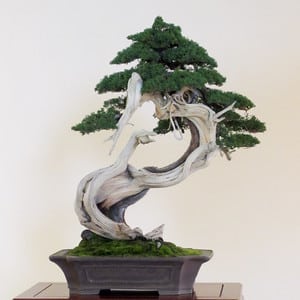
Shimpaku
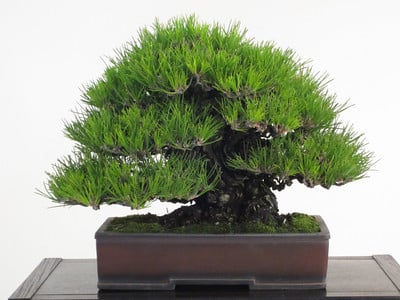
Black pine
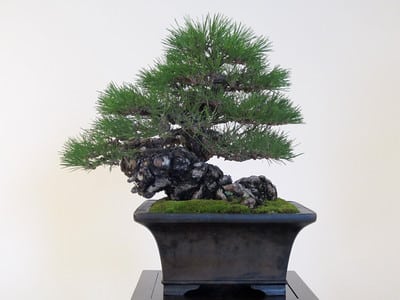
Black pine
The following six trees belong to Aichi-en customers. All of us at the nursery that week – Mr. Tanaka, the other Mr. Tanaka, Peter Tea and I, all helped pluck errant needles, wire unruly branches, oil dirty pots and arrange small tufts of moss.
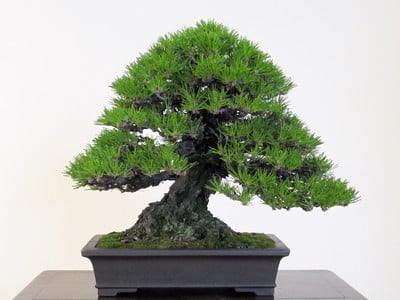
Black pine – Peter Tea prep – a very nice tree
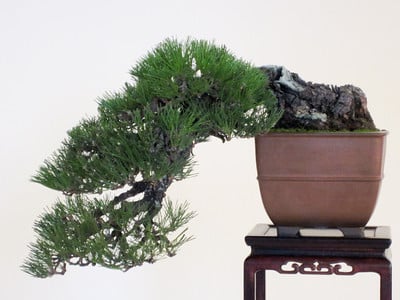
Black pine – one of the trees I helped prep for the exhibit
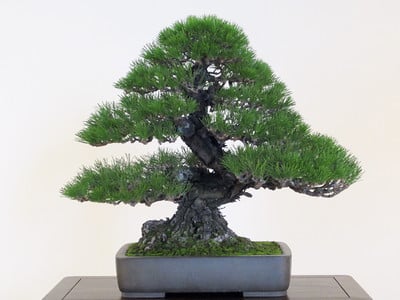
Black pine – the tree belongs to Mr. Tanaka, a 3rd year apprentice at Aichi-en – Peter Tea prep
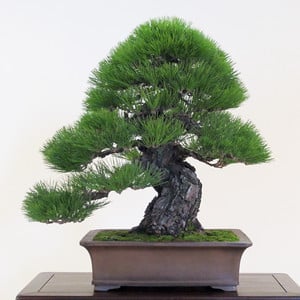
Black pine – the other tree I prepped
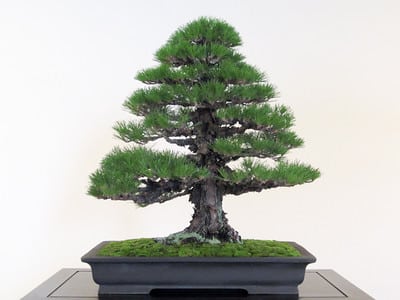
Black pine – Peter Tea prep
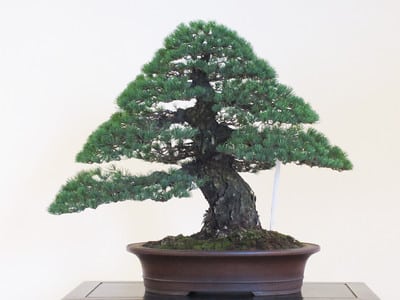
White pine – Mr. Tanaka and Peter Tea wired this tree late into the evening
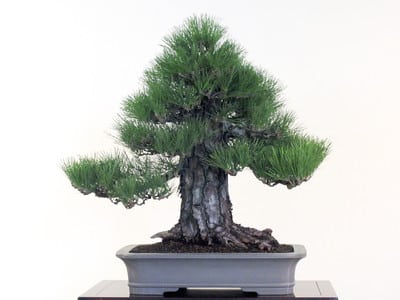
Black pine
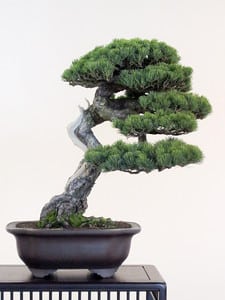
White pine
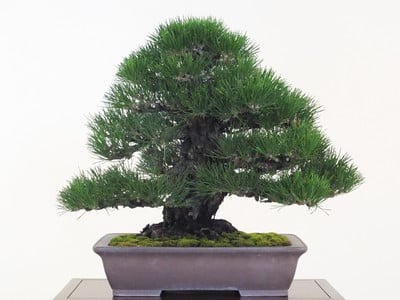
Black pine
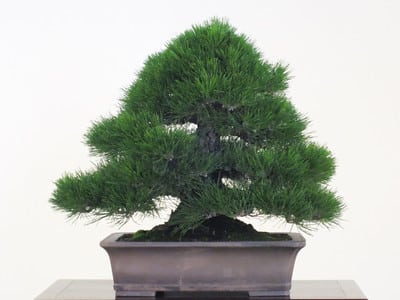
Black pine
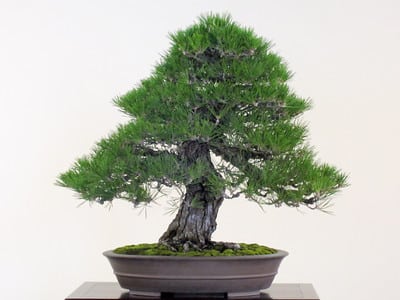
Black pine
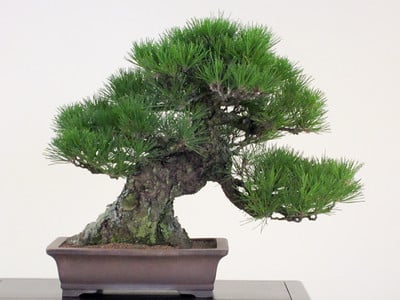
Black pine
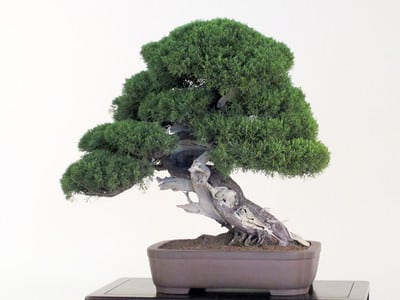
Shimapaku
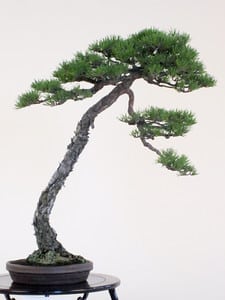
Red pine
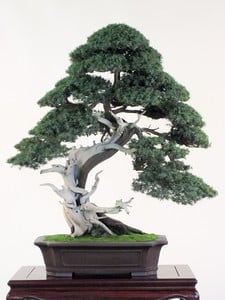
Needle juniper
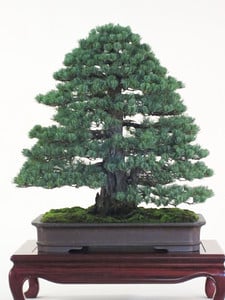
White pine
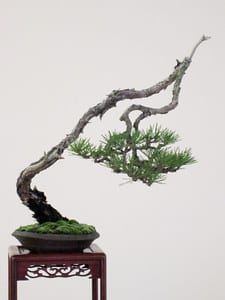
Black pine
The white pine below received some extra attention. It belongs to a Daiju-en customer and had been prepared for exhibit with the front as pictured below.
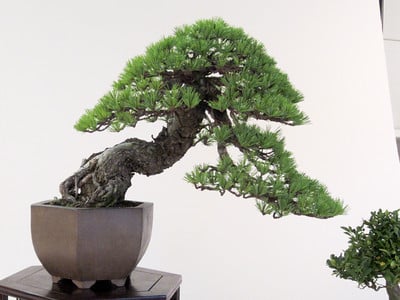
White pine – intended front
I placed the tree on the stand with this front but that wasn’t good enough for Mr. Tanaka, who turned the tree to the front pictured below. As it happens, the six-sided pot and six-sided stand made the change easy. What I don’t know, is what the customer thought when he saw the resulting photo or how the tree was actually displayed at the exhibit in January.
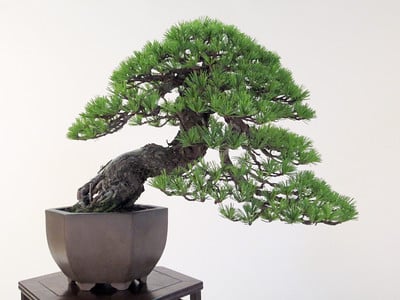
White pine as photographed
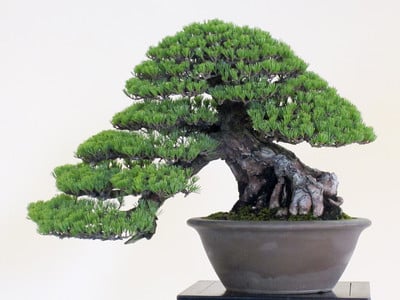
White pine
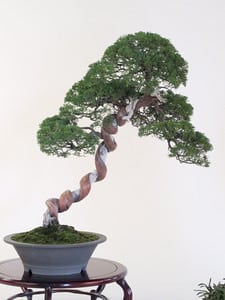
Twisty shimpaku!
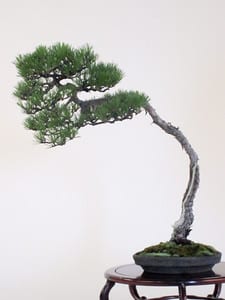
Black pine
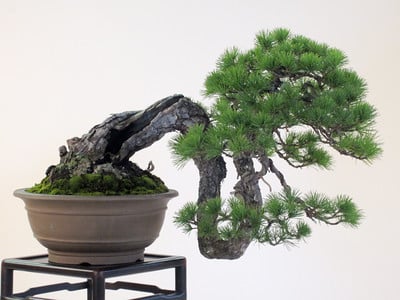
White pine
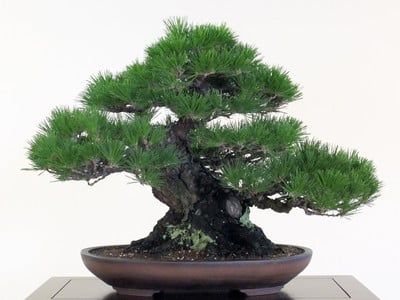
Black pine
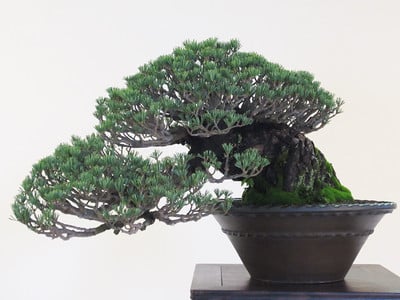
White pine
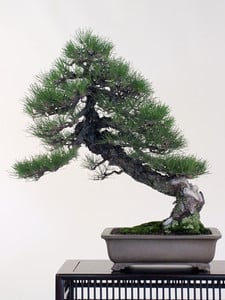
Black pine
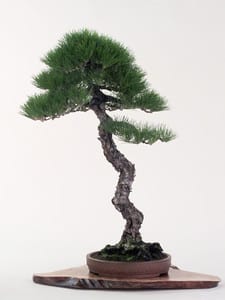
Black pine
Subscribe to Bonsai Tonight
New Posts Delivered Every Tuesday and Friday
Marty says
Great pictures and very nice to see what are considered to be good to very good hobbyist trees in Japan. A bit closer to many of the trees we are developing than those fully developed by the pros.